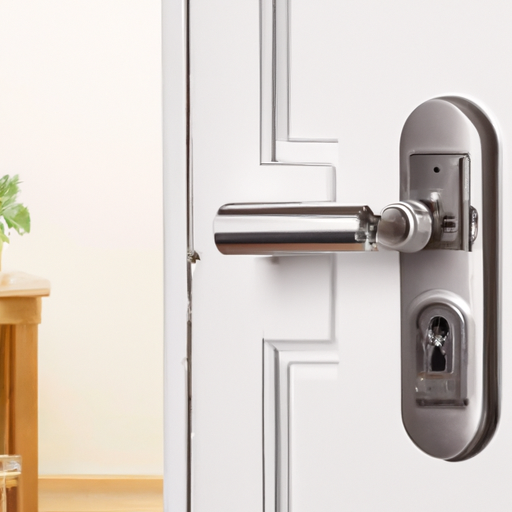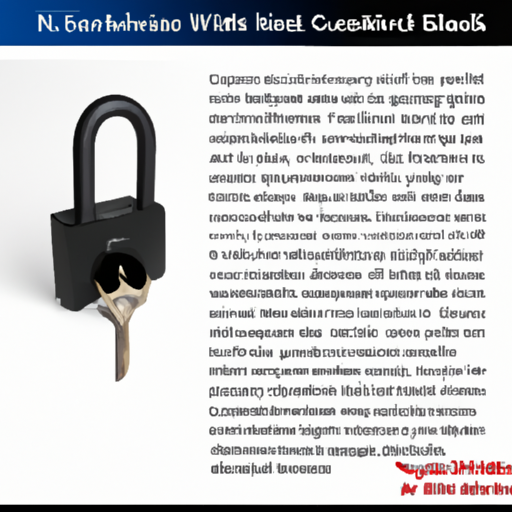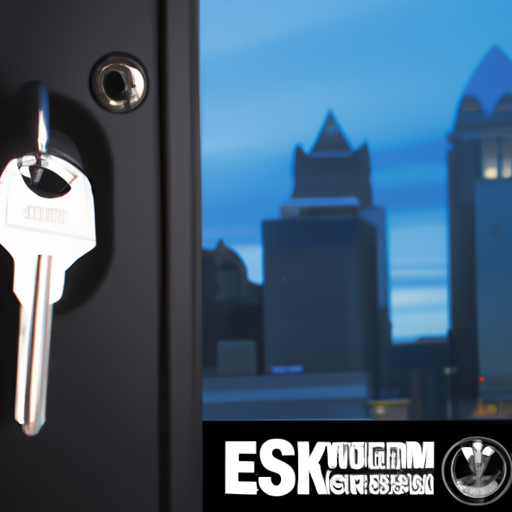
? In this article, you will learn about the step-by-step process of changing the locks in your house. We will discuss the tools you will need, the different types of locks, and provide clear instructions on how to remove and replace them. By the end of this article, you will have the knowledge and confidence to change the locks in your house and enhance the security of your home. Changing the locks in your house in Charleston is an important step to take in ensuring the security of your home. Whether you have just moved into a new house, lost your keys, or your locks are worn out, replacing them can give you peace of mind knowing that your home is safe and secure. In this article, we will guide you through the process of changing your locks, from choosing the right type of locks to testing and enhancing your home’s security measures.
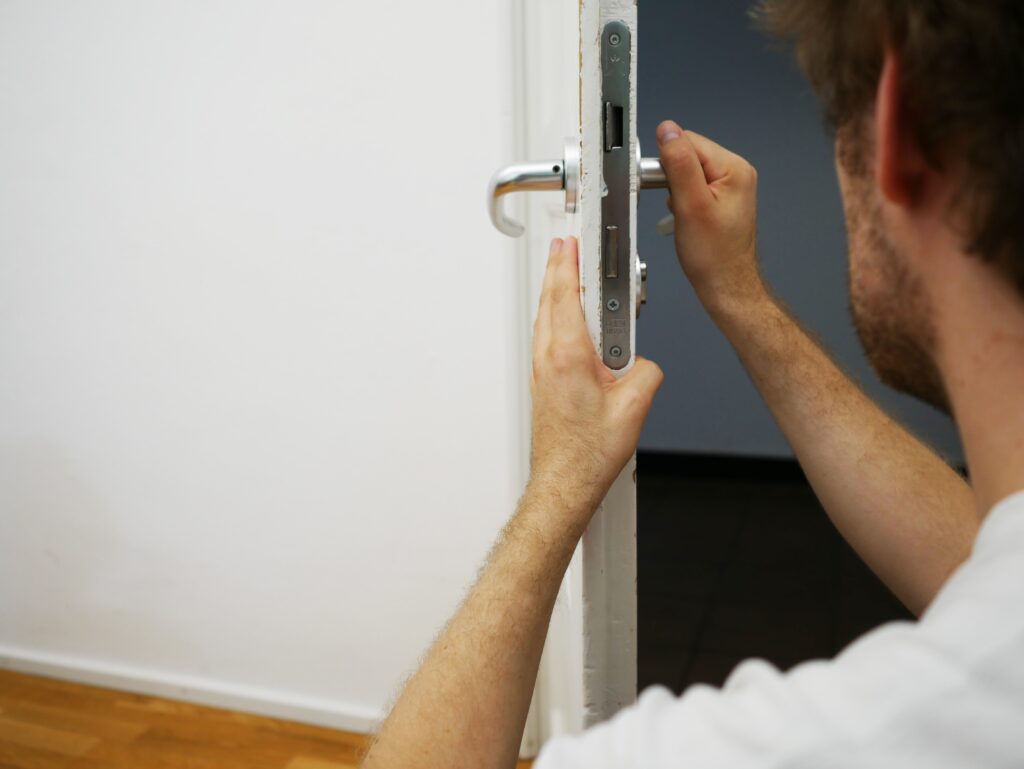
Reasons for Changing Locks
Moving into a New House
One of the main reasons for changing the locks in your house is when you move into a new property. It is difficult to know for certain who may have had access to the previous locks, such as the real estate agents, contractors, or previous owners. By changing the locks, you can ensure that you are the only person with access to your new home and eliminate any potential security risks.
Lost or Stolen Keys
Losing your keys or having them stolen is another common reason to change the locks in your house. If your keys fall into the wrong hands, it can pose a serious security threat to your home. By replacing the locks, you can prevent unauthorized individuals from gaining access to your property and protect your belongings.
Locks are Worn Out
Over time, locks can become worn out and less effective in providing security for your home. If you notice that your locks are difficult to turn or no longer provide a firm lock, it may be time to replace them. Old and worn-out locks are easier to pick or break, making your home an easier target for burglars. Changing the locks will ensure that you have robust and reliable security measures in place.
Choosing the Right Locks
When it comes to choosing the right locks for your house in Charleston, there are a few factors to consider.
Types of Locks Available
There are various types of locks available on the market, each with its own benefits and features. Some of the common types include deadbolts, knob locks, lever handle locks, and electronic locks. Deadbolts are highly recommended for their strength and resistance to forced entry. Knob locks, on the other hand, are more suitable for interior use and should not be relied upon as the primary security measure for exterior doors. Consider your specific needs and the level of security you require when choosing the type of locks for your home.
Consider the Security Level
The security level of a lock is determined by factors such as its design, material, and resistance to tampering. Look for locks that meet industry standards for security, such as those carrying the ANSI/BHMA Grade 1 certification. These locks are tested rigorously for durability and resistance to forced entry. Assess the security needs of your home and choose locks that provide the level of protection you desire.
Matching Lock Styles with Home Decor
In addition to security, it is also important to consider the aesthetic appeal of the locks you choose. Locks come in a variety of styles and finishes, allowing you to match them with the overall home decor. Whether you prefer a traditional look with antique brass or a modern aesthetic with sleek chrome finishes, there are options available to suit your taste.
Gathering the Necessary Tools
Before you can start changing the locks in your house, you will need to gather the necessary tools. Here are the tools you will need:
Screwdriver Set
A screwdriver set is essential for removing the screws that hold the existing lock in place. Make sure you have both Phillips and flathead screwdrivers in different sizes to accommodate different screw types.
Lock Installation Kit
A lock installation kit includes specialized tools such as hole saws and drill bits that are specifically designed for installing new locks. These tools will ensure that the new lock fits securely and functions properly.
Replacement Locks
Of course, you will need replacement locks to replace the existing ones. Make sure you choose high-quality locks that meet your security needs. Consult with a locksmith or do some research to determine the best locks for your specific requirements.
Removing the Existing Locks
Once you have gathered the necessary tools, you can start the process of removing the existing locks from your house in Charleston. Follow these steps:
Removing the Lock Cylinder
First, you need to remove the lock cylinder from the door. Insert the key into the lock and turn it slightly to the left or right to align the cam with the cylinder. With the key in this position, you should be able to see a small pin or button on the side of the lock cylinder. Use a small screwdriver or pin to push in the pin or button while pulling on the key to remove the cylinder from the lock.
Unscrewing the Lock Faceplate
Once the lock cylinder is removed, you can unscrew the lock faceplate from the door. Use a screwdriver to remove the screws that hold the faceplate in place. Keep the screws in a safe place as you will need them later for the new lock installation.
Detaching the Strike Plate
The last step in removing the existing lock is to detach the strike plate from the door frame. Use a screwdriver to remove the screws that hold the strike plate in place. Set the screws aside for later use.
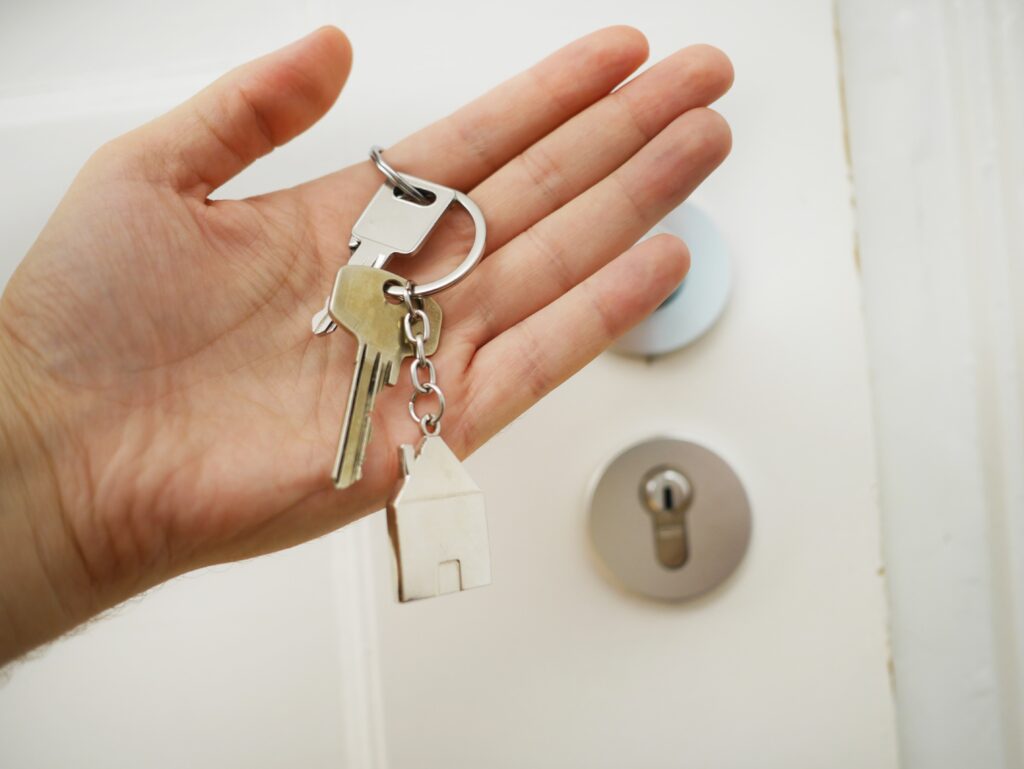
Installing the New Locks
Now that you have successfully removed the existing locks, you can proceed with installing the new locks in your house in Charleston. Follow these steps:
Inserting the Cylinder
Start by inserting the lock cylinder into the door. Align the tailpiece of the cylinder with the slot in the lock mechanism and insert the cylinder into the hole in the door. Make sure the keyway of the cylinder is facing the correct direction.
Attaching the Faceplate
Once the cylinder is in place, attach the faceplate to the door. Line up the holes on the faceplate with the holes on the door and insert the screws. Use a screwdriver to tighten the screws, but be careful not to overtighten them as it may affect the functionality of the lock.
Mounting the Strike Plate
The final step in installing the new lock is to mount the strike plate on the door frame. Line up the holes on the strike plate with the holes on the door frame and insert the screws. Again, use a screwdriver to tighten the screws without overtightening.
Rekeying the Locks
After installing the new locks, you may also consider rekeying them to ensure that only your keys can access your home. Rekeying involves changing the internal pins in the lock cylinder to match a new key.
Understanding the Rekeying Process
Rekeying locks can be done by a professional locksmith or by yourself if you have the necessary tools and knowledge. The process involves disassembling the lock cylinder, removing the existing pins, and replacing them with new ones that match the new key.
Rekeying by a Professional
If you are not confident in your abilities to rekey the locks yourself, it is recommended to seek the help of a professional locksmith. They have the expertise and tools to rekey the locks quickly and accurately.
Rekeying by Yourself
If you choose to rekey the locks yourself, you will need a rekeying kit that includes new pins, a pinning block, and a set of tools. Follow the instructions provided with the kit carefully to ensure a successful rekeying process.
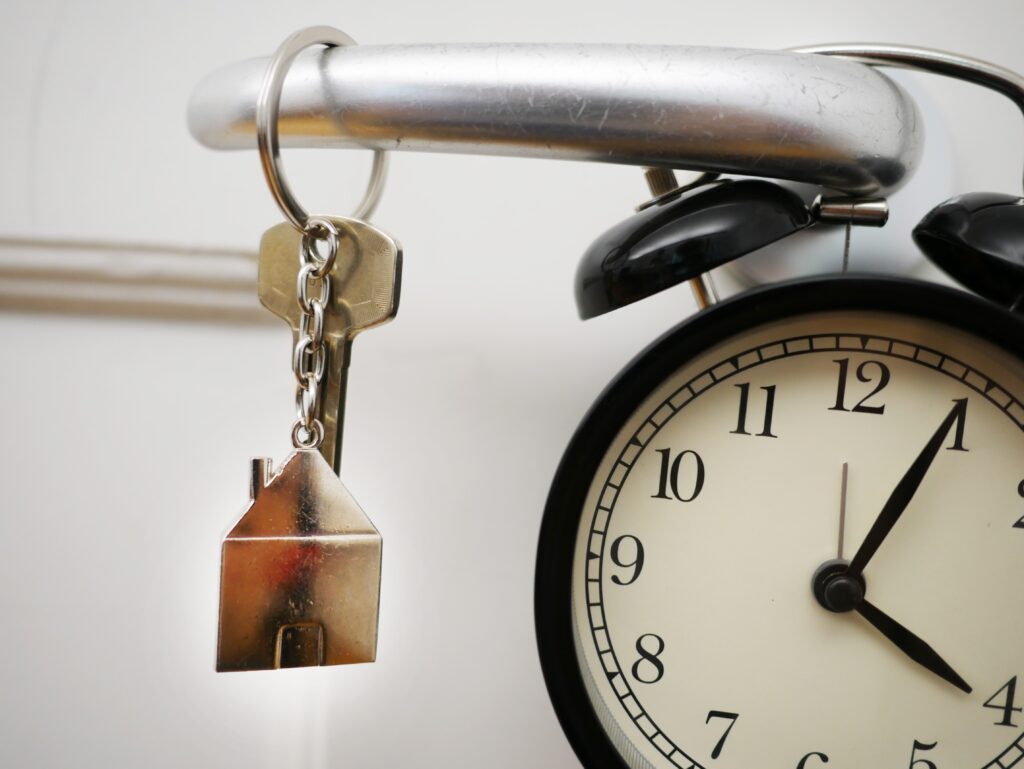
Testing the New Locks
Once the new locks are installed and rekeyed (if necessary), it is important to test them to ensure that they are functioning correctly:
Checking Key Alignment
Make sure the key aligns properly with the keyway of the lock cylinder. The key should slide in smoothly without any resistance. If there is resistance or the key gets stuck, there may be an alignment issue that needs to be addressed.
Testing Key Functionality
Insert the key and turn it to lock and unlock the door. The key should turn smoothly and operate the lock without any difficulty. Test the lock multiple times to ensure consistent and reliable functionality.
Inspecting for Proper Locking
Close the door and turn the key to lock it. Check that the latch bolt fully extends into the strike plate and secures the door. The lock should provide a firm and secure lock every time.
Enhancing Security Measures
Changing the locks in your house in Charleston is a great opportunity to enhance the overall security of your home. Consider implementing additional security measures to further protect your property.
Installing Deadbolts
Deadbolts are highly recommended for exterior doors as they provide an extra level of security. They are much stronger than standard locks and are more resistant to forced entry. Consult with a locksmith to determine the most suitable type of deadbolt for your doors.
Adding Security Cameras
Installing security cameras around the perimeter of your home can act as a deterrent and provide evidence in case of a break-in. Choose cameras with features such as high resolution, night vision, and motion detection for optimal effectiveness.
Implementing Smart Lock Technology
Smart lock technology allows you to control and monitor your locks remotely using a smartphone, tablet, or computer. You can lock and unlock the doors from anywhere, grant access to visitors, and receive notifications whenever someone enters or leaves your home.
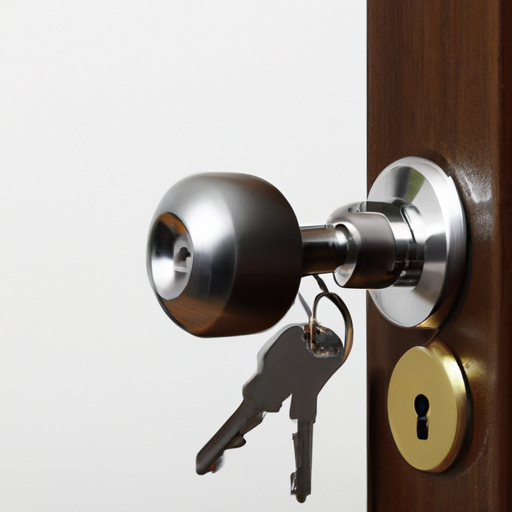
Replacing Locks in Different Areas
It’s not just the front door that may need lock replacement. Here are other areas in your house where you may need to replace the locks:
Front Door Lock Replacement
The front door is the main entry point to your home and should have the strongest and most secure locks. Replace the front door locks to ensure maximum security.
Back Door Lock Replacement
Back doors are often targeted by burglars as they are usually less visible than front doors. Replace the locks on your back doors to prevent unauthorized access.
Window Lock Replacement
Windows are often overlooked when it comes to home security. Install window locks to prevent intruders from entering through windows. There are various types of window locks available, such as sliding locks, sash locks, and turn locks.
Conclusion
Changing the locks in your house in Charleston is an essential step in maintaining the security and safety of your home. Whether you have just moved in, lost your keys, or your locks are worn out, replacing them can provide peace of mind knowing that your home is protected. By following the outlined steps and considering additional security measures, you can ensure the utmost security for your house in Charleston. Take the necessary steps to keep your home safe and enjoy the peace of mind that comes with knowing you have taken measures to protect your property.
